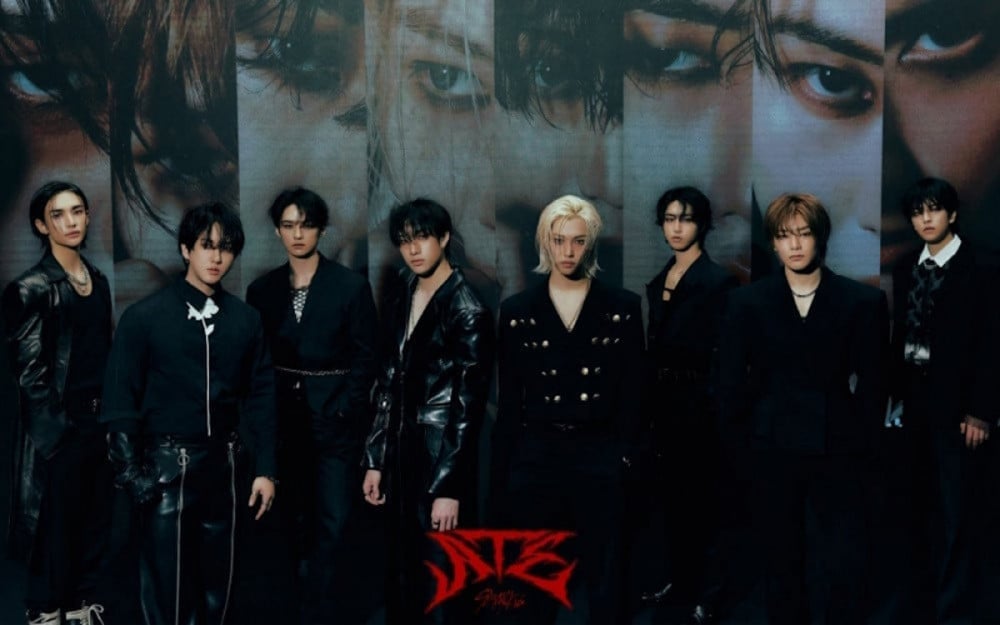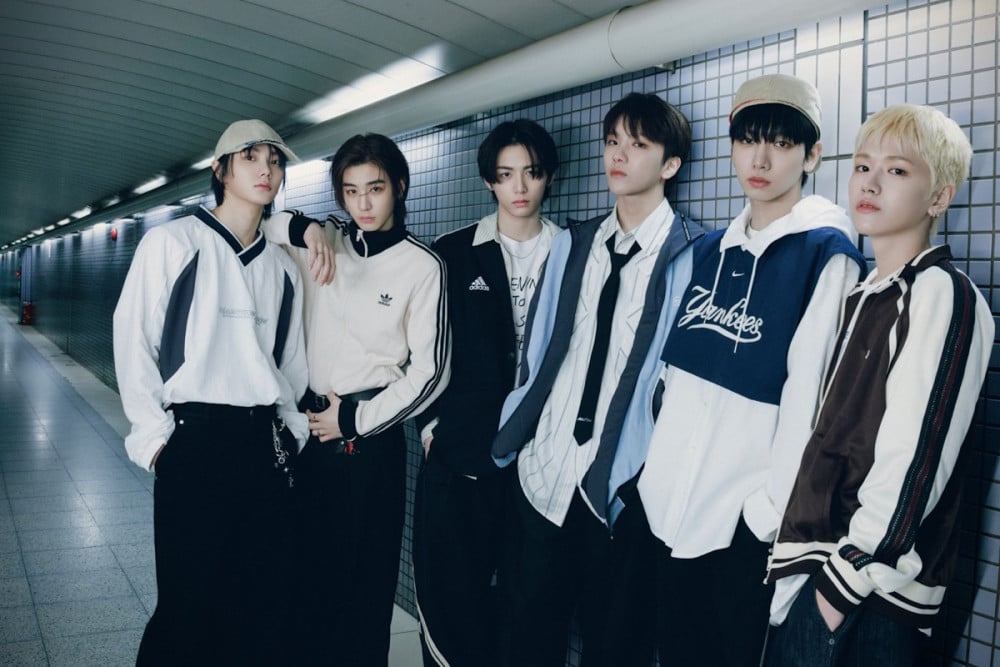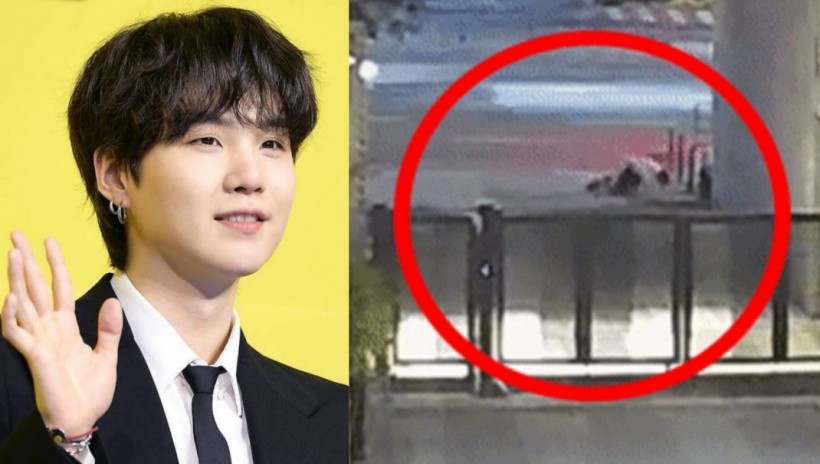Expanding the Map: K-Pop World Tours being too selective in which countries to visit

When groups announce world tours, fans experience a mix of exhilaration and anxiety—thrilled at the prospect of seeing their favorite artists live, yet anxious about whether their city will be included in the tour stops.
[video_shortcode_youtube src=”https://www.youtube.com/embed/Z3kAZse4xgM”]
With a growing number of K-Pop artists announcing tours, the pattern of tour stops frequently leads to fan disappointment. In North America, major cities like Los Angeles and New York are almost always included, while in Asia, Japan frequently makes the list. This predictable selection sparks a critical question: Can these tours truly be labeled as “world” tours if they consistently overlook a vast majority of cities and limit themselves to a select few? The excitement of a global tour diminishes when it appears only a handful of favored locations are chosen, leaving countless fans around the world hoping for a broader reach.

K-Pop groups seldom tour Europe, appearing more frequently for Fashion Week or brand events. In North America, Canadian cities like Toronto and Vancouver are inconsistently included in tour schedules.
Even within the United States, the distribution of K-Pop events is heavily skewed toward a few major cities such as Los Angeles, New York, Atlanta, Dallas, and Chicago. This focus neglects numerous other metropolitan areas like the Bay Area/San Francisco, Seattle, Philadelphia, Boston, and Phoenix, all of which have substantial K-Pop fanbases eagerly awaiting their chance to participate in these cultural celebrations. While fans in cities like Los Angeles and New York enjoy frequent tour stops, those in less favored cities feel a growing sense of neglect. This uneven distribution not only frustrates devoted fans but also represents a missed opportunity for artists to expand their reach and connect with enthusiastic audiences across the entire country.

Similarly, although states like Texas and Georgia frequently host K-Pop shows, visits to other southern states like Florida, Tennessee, Virginia, and North Carolina are rare.
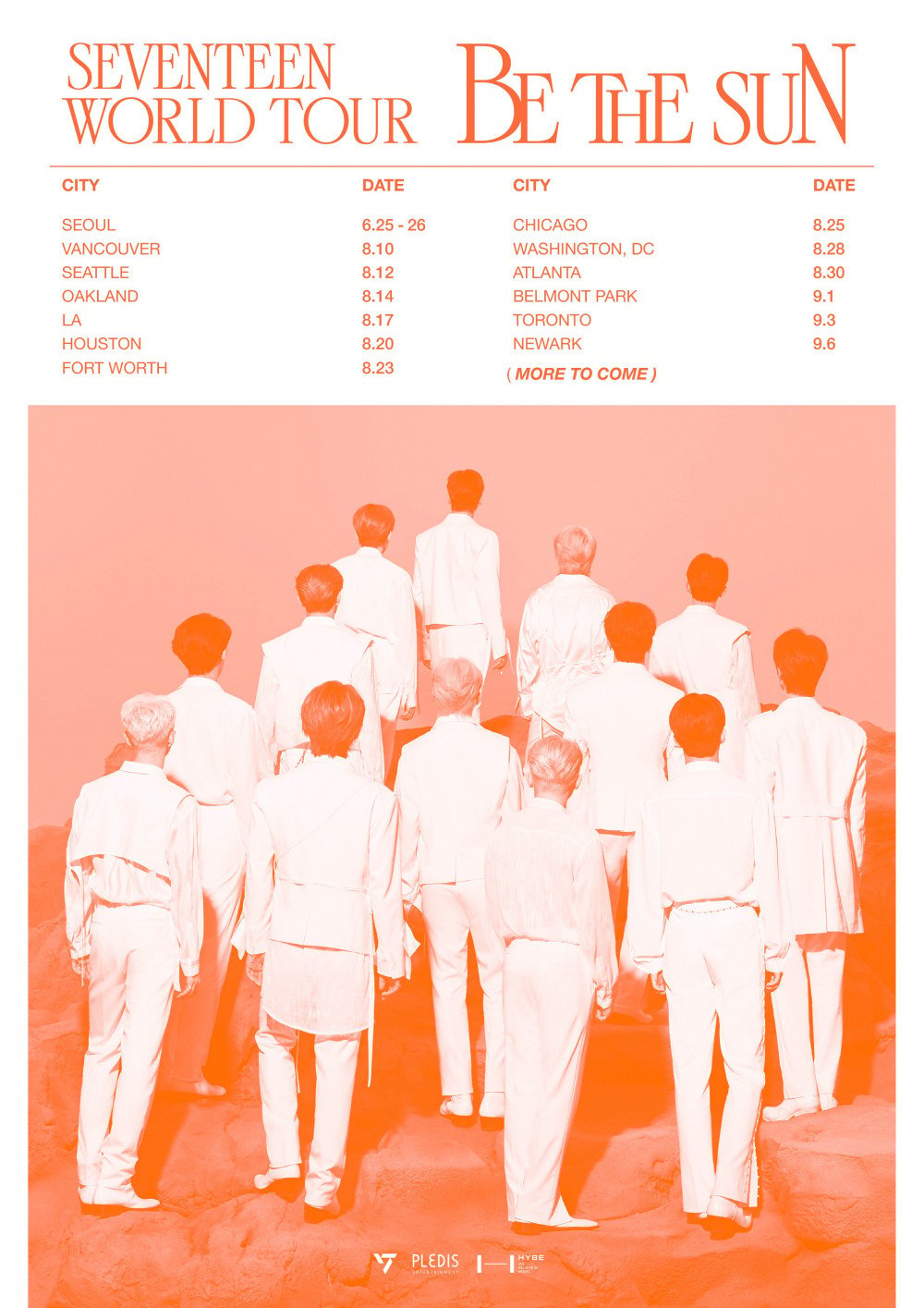
Moreover, the geographical coverage of K-Pop tours reveals significant gaps, with entire continents like South America, Africa, and regions such as India frequently overlooked. Even Australia, despite its vibrant fan community, finds itself included only sporadically. This selective approach to tour locations not only disappoints fans in these areas but also limits the global impact and cultural exchange that K-Pop could foster. Expanding tours to include these underrepresented regions could not only satisfy a broader fan base but also enrich the global K-Pop community by embracing diverse cultural interactions.
[video_shortcode_youtube src=”https://www.youtube.com/embed/XngHoPUBY1c”]
While some argue that adding more tour stops could overextend the idols, and entertainment companies prioritize profitable markets, the reality of K-Pop’s global popularity suggests a need for more expansive tour planning. Despite groundbreaking tours by groups like BTS and TWICE, many other groups have yet to embrace such extensive global outreach.
[video_shortcode_youtube src=”https://www.youtube.com/embed/r-uN2VzsfXU”]
[video_shortcode_youtube src=”https://www.youtube.com/embed/-J-sS1Vp7G8″]
Ultimately, fans across the globe would be profoundly gratified by a world tour that genuinely encompasses a wide array of cities and countries, rather than concentrating on a select few urban centers. Such expansive tours would not only fulfill the hopes of countless fans eager to experience live performances but also truly honor the “world” in world tour, demonstrating a commitment to reaching diverse audiences wherever they may be.

















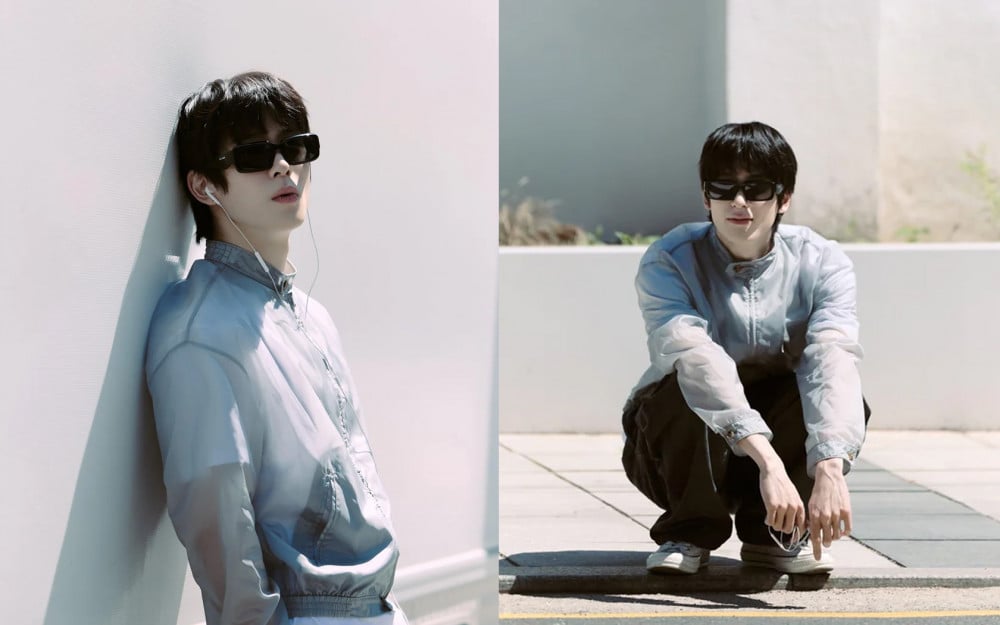




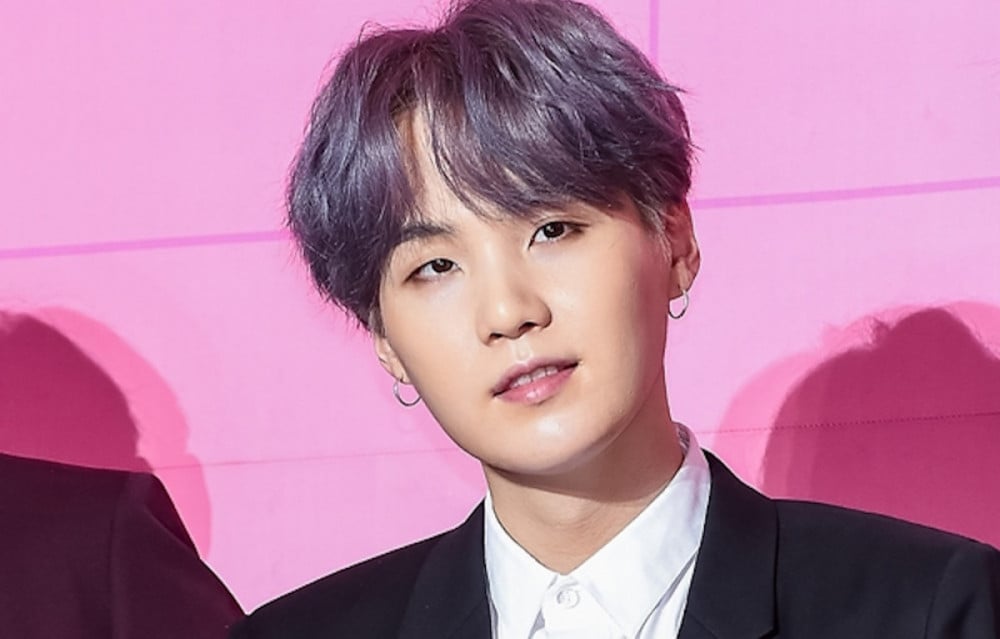















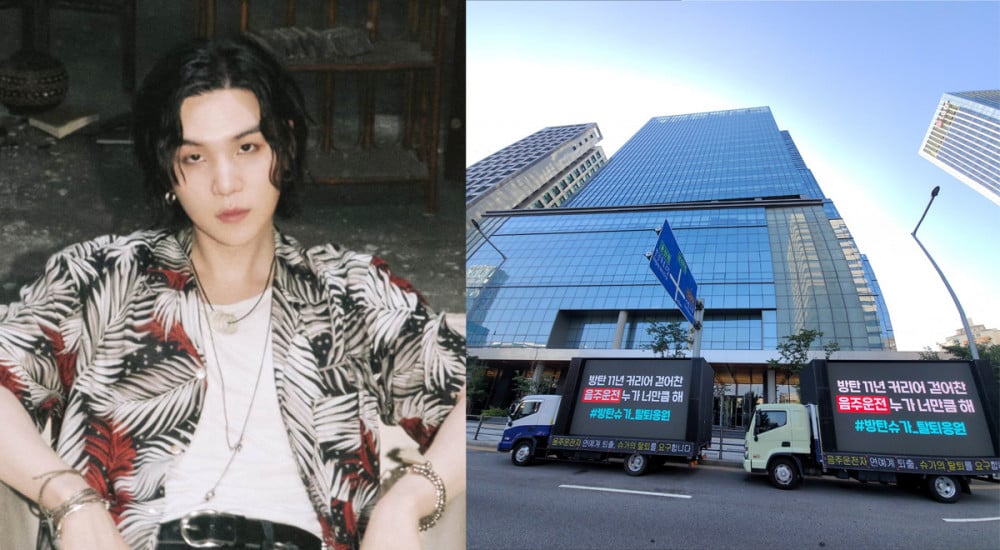












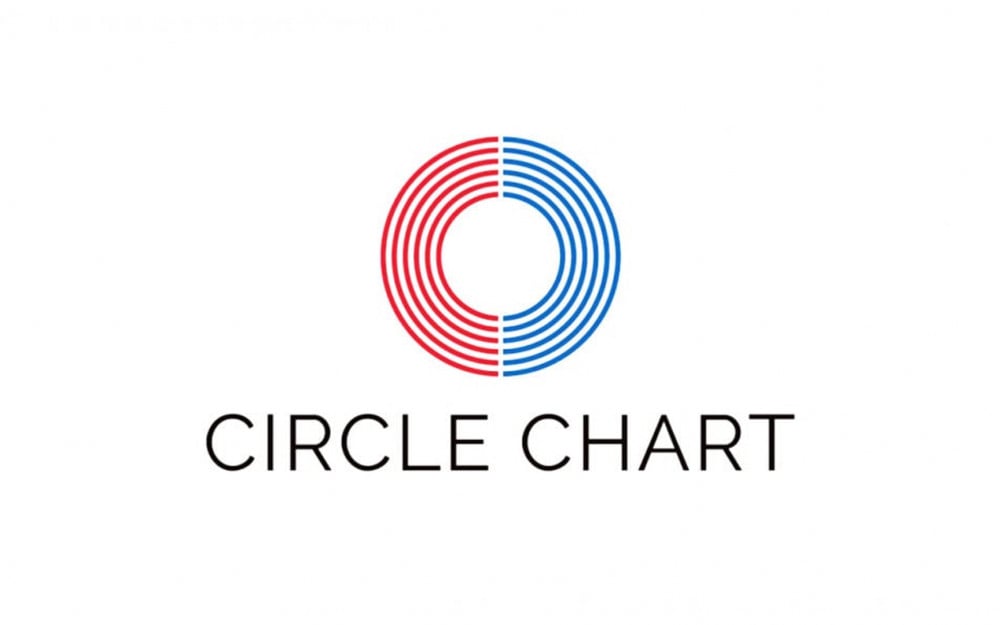









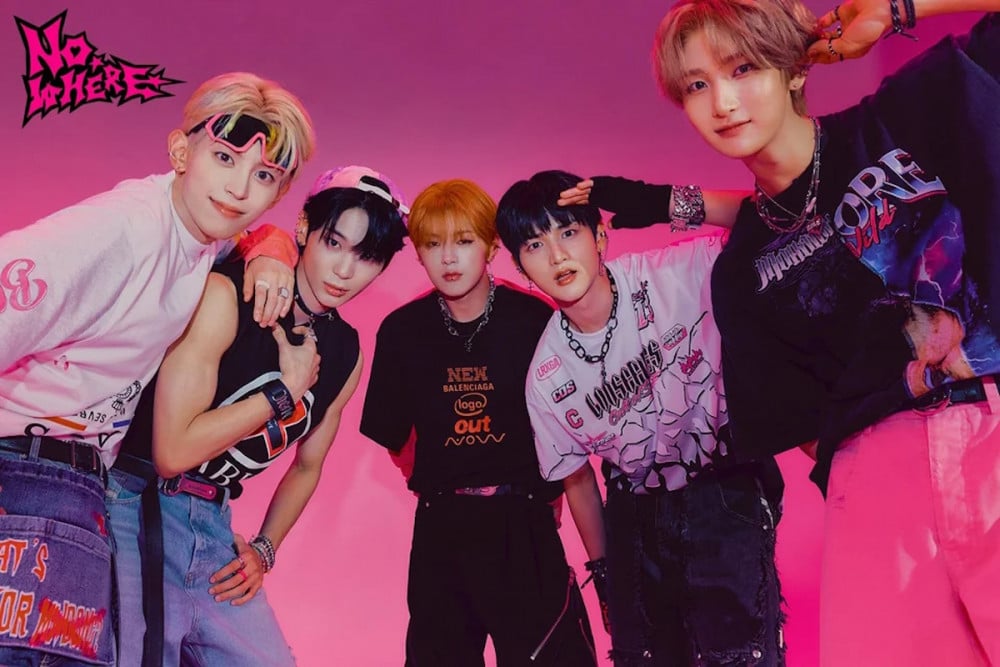
![[EXCLUSIVE INTERVIEW] ALL(H)OURS Reflects on 1st-Ever Comeback, 2024 Goals, More With KpopStarz](https://c1.alongwalker.com/img/post/ef3eba3ff1989f9434f376f7ccd5b502.jpg)
























